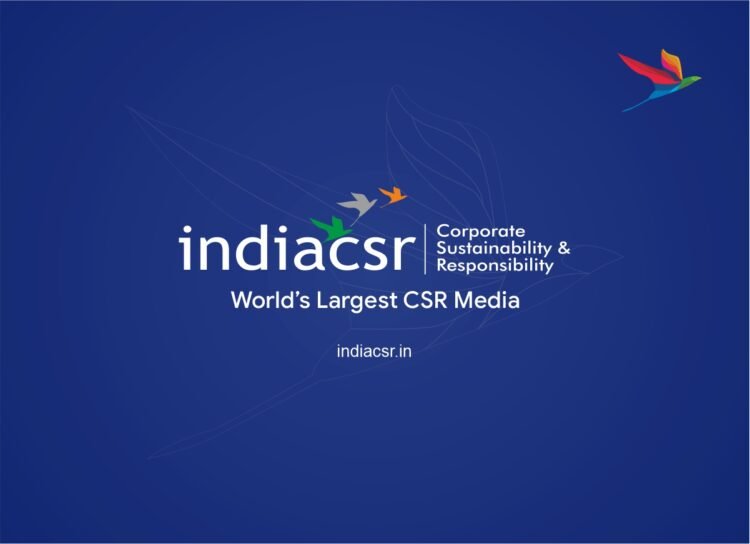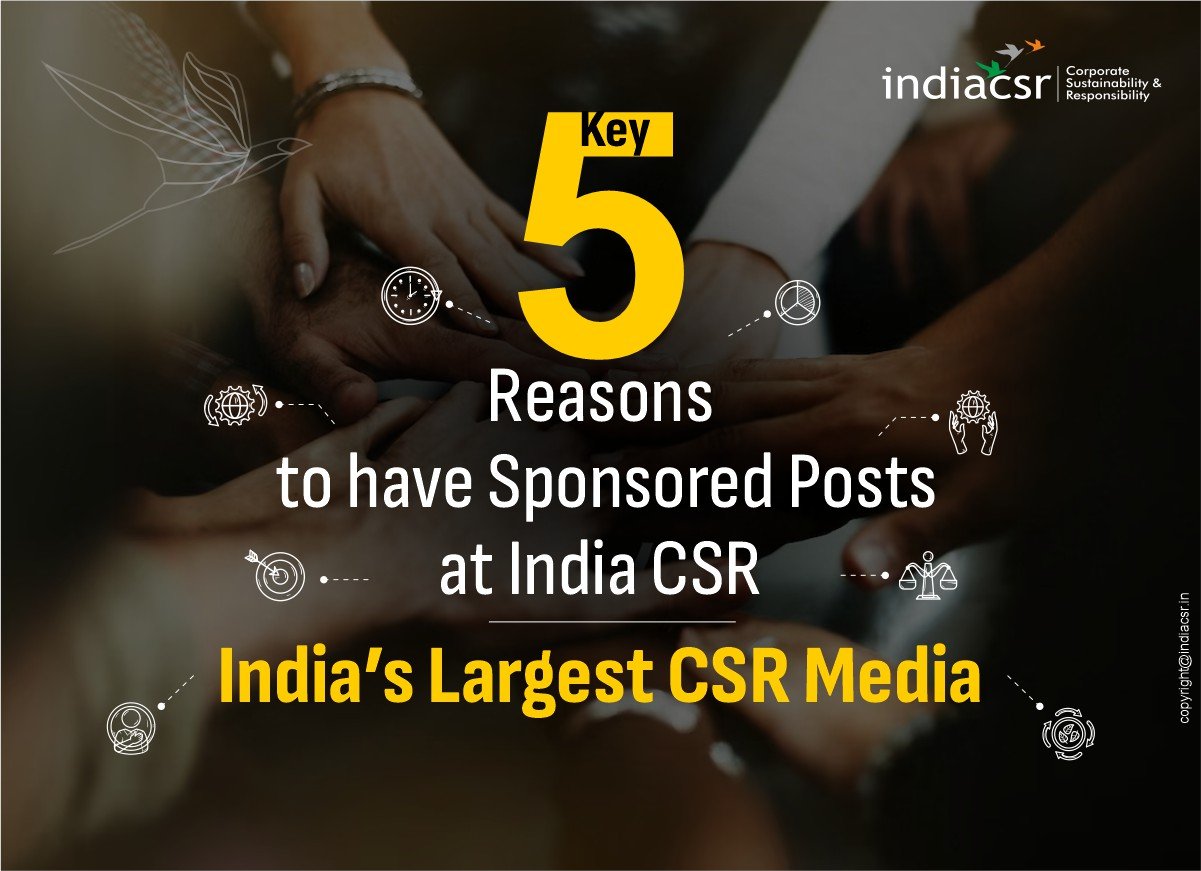India as a nation has several issues to address, such as illiteracy, unemployment, child marriage, infant mortality rate, among many. Amongst these, one of the prominent and grave challenge at-hand is, malnutrition. According to UNICEF, India is on the 10th spot among countries with the highest number of underweight children, and 17th in terms of stunting prevalence in the World. It is certainly not a family-crisis but a huge National crisis.
Impact of Malnutrition on Children’s Survival
As a matter of fact, malnutrition affects chances of survival for children. It increases their susceptibility to illness, reduces the ability of children to learn, and makes them less productive in later life. Although all states with a high difficulty of malnutrition have the public distribution system to ensure that the poor, get food grains at subsidised even in remote areas, to meet the nutrition level. Still, reports repeatedly report of child mortality due to malnutrition.
Magnitude of the Problem: Statistics and Figures
It is estimated that malnutrition causes about one-third of all deaths of children under the age of 5 years. As per a global report, figures show that 38 percent of children under five are affected by stunting due to lack of nutrients, suffering irreversible damage to brain capacity. According to another report, 21 percent of children under 5 are defined as ’wasted’ or ‘severely wasted’ implying they do not weigh enough for their height.
Uneven Progress and Persistent Challenges in India
Evidently, after fighting multiple battles, the progress for India on this front is quite uneven, and child malnutrition rates still remain high in many parts of the country. Such high prevalence of child malnutrition in India opposes all logic. After all, the country’s economy has multiplied since 1991, during the times, the government started the count on unnourished children.
Government Initiatives and Policy Efforts
In order to improve the nutrition status in our country, Government of India launched various schemes and programmes including the Integrated Child Development Services (ICDS), The National Health Mission, the Janani Suraksha Yojana, the Matritva Sahyog Yojana, the Mid-Day Meal Scheme, and the National Food Security Mission among many. On an encouraging note for the nutrition agenda in India, National Nutrition Mission (NNM) has envisioned various activities for improving the nutrition status of children in the country but sadly enough ground-level issues still are a challenge.
Multifactorial Nature of Malnutrition
Considering there is not just one but multiple factors that impact the nutritional status- birth order, birth weight, dietary pattern, history of any illness; socioeconomic factors such as family income, education, occupation of parents, environmental factors such as place of residence, availability of adequate food and safe water, and environmental hygiene among many- the battle looks hard enough.
Slow Progress and Persistent Inequalities
Unfortunately the reduction in the proportion of undernourished children in India over the past decade has been modest and slower than what has been achieved in other countries with comparable socioeconomic indicators. While aggregate levels of undernutrition are shockingly high, the picture is further exacerbated by the significant inequalities across states and socioeconomic groups.
Challenges in Implementation of ICDS
The ICDS program, while successful in many ways, has not made a significant impression on child malnutrition. This is mostly due to the priority that the program has placed on food supplementation, targeting mostly children after the age of three when malnutrition has already set in.
Constraints on ICDS Effectiveness
The key constraint on the ICDS effectiveness is that its actual implementation deviates from the original design with an increased emphasis on the provision of supplementary feeding and preschool education to children four to six years old. As a result, most children under three years do not get micronutrient supplements, and most of their parents are not reached with counseling on better feeding and child care practices using a family budget. Children from wealthier households participate much more than poorer ones. Therefore, ICDS is only partially succeeding in preferentially targeting girls and lower castes, who are at higher risk of under-nutrition.
Systemic Issues and Need for Improvement
Though program growth was greater in underserved than well-served areas during the 1990s, the poorest states and those with the highest levels of under-nutrition still have the lowest levels of program funding and coverage by ICDS activities. Among other reasons, Inadequate worker skills, shortage of equipment, poor supervision, and weak monitoring and evaluation. Community workers are overburdened because they are expected to provide pre-school education to four to six year old as well as nutrition services to all children under six.
- Effective measures to revamp the ICDS programme:The ICDS program should be redirected towards the younger children (0-3 years) and the most vulnerable population segments in those states and districts where the prevalence of under-nutrition is higher. Besides, it should be made comprehensive with focus on:
- Improving mothers’ feeding and caring behavior with emphasis on infant and young child feeding and maternal nutrition during pregnancy and lactation.
Improving household water and sanitation. - Strengthening the referral to the health system with emphasis on prevention and control of common childhood diseases including acute malnutrition.
- Providing micronutrients.
- Urgent changes are needed to bridge the gap between the policy intentions of ICDS and its actual implementation.
You may also like:
- Malnutrition is a Big Problem
- Tata Asset Management & Impact India Foundation Launch ‘Janani’ to Combat Malnutrition in Palghar
- AROH Foundation Works to End Intergenerational Malnutrition
- Community engagement & Collaboration must to tackle malnutrition: Experts
- CSR: RB partners with Plan India to fight mother and child malnutrition























